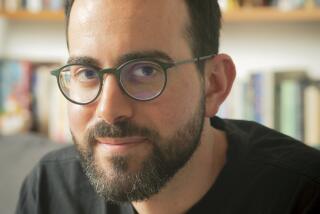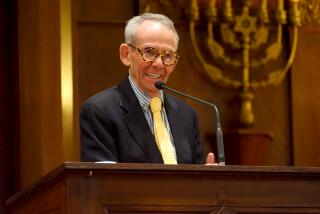NONFICTION - Jan. 30, 1994
- Share via
THE INTELLECTUALS AND THE MASSES: Pride and Prejudice Among the Literary Intelligentsia, 1880-1939 by John Carey (St. Martin’s Press: $19.95; 246 pp.). In 1905, British poet T.W.H. Crosland published “The Suburbans,” a book in which he attacked suburban dwellers for being “a low, inferior species,” having the gall to frequent “idiotic free libraries” and show a “mean, discreditable suburban rush” for low-priced classics. Crosland is largely forgotten today, of course, but as Oxford professor John Carey points out, his views were not unique: they were shared, to one degree or another, by many of his more distinguished contemporaries, from D. H. Lawrence to Virginia Woolf, Wyndham Lewis to T. S. Eliot, H. G. Wells to W. B. Yeats. Carey isn’t exactly fair to some of these writers--he’s too hard on E. M. Forster and Aldous Huxley, for example--but he does demonstrate how broadly the intellectual class’s fear of “the masses” ran. T. S. Eliot suggested that the number of students receiving higher education in the U.S. and England be cut by two-thirds; J. B. Priestley commented that the crowds gathered for the coronation of George VI in 1937 most probably “did not know how to make love or even to eat and drink properly”; Lawrence, in 1908, even imagined collecting “the sick, the halt, the maimed” in order to gas them in “a lethal chamber as big as the Crystal Palace.” Carey attributes such anger toward the masses primarily to the intellectuals’ fear of losing “their” civilization, and viewed from the modern era it’s quite amazing--even considering the rigidity of the British class system--to see the depth of their animosity. “The Intellectuals and the Masses” is an engaging book, and one finishes it hoping for a volume in which Carey expands his analysis, for better or worse, to American literature.
More to Read
Sign up for our Book Club newsletter
Get the latest news, events and more from the Los Angeles Times Book Club, and help us get L.A. reading and talking.
You may occasionally receive promotional content from the Los Angeles Times.








